Photographs: Anshum Mandore
Investigating the modern Indian marriage mart, Professor Amit Ahuja discovers that Indians are willing to overlook caste differences if the incentives are right.
"Money is the new caste in India," Professor Amit Ahuja tells Rediff.com's Ritu Jha.
The proof, says Dr Ahuja, assistant professor at the department of political science, University of California-Santa Barbara -- who recently researched and co-authored Crossing Caste Boundaries in the Modern Indian Marriage Market with Susan L Ostermann, a PhD student at the University of California-Berkeley -- lies in the changing dynamic of the Indian marriage mart.
Much to his surprise, he discovered that many people were willing to overlook caste differences if the incentives were right.
Professor Ahuja chose to focus on the urban Indian middle class which, he said, used to be homogeneous and comprised the educated upper castes.
With the inclusion, in the last 10, 15 years, of other backward castes and the scheduled castes, the composition of the Great Indian Middle Class has begun to change.
He interviewed men for the study, while Ostermann interviewed the women.
When and how did you develop an interest in studying the marriage market?
Political scientists often think of caste as being central to Indian politics. We do not pay enough attention to how attitudes on caste are reproduced and how they can change.
Marriages play a central role in these processes in India.
Since people often marry within their caste – and this happens generation after generation -- the idea of caste distinction is passed on from parents to children.
This is why it made sense for us to study marriage and, specifically, the interest in inter-caste marriages.
Why did you choose to focus on the interest in inter-caste marriages instead of the number of such marriages?
People often assume that, since the rate of inter-caste marriage in India is low, the interest in inter-caste marriages is also low.
This may not always be true.
Since there is a social taboo attached to inter-caste marriages, they may be under-reported.
More importantly, even if individuals are open to inter-caste marriages, it may not happen due to any number of reasons, including community or family pressure, professional background, appearance or personality mismatch.
This is why we cannot use the reported cases of inter-caste marriages to draw conclusions about how caste boundaries are beginning to be demolished in the marriage market.
All images used for representation purposes only.
...
'Urban Indians face less social policing when it comes to inter-caste marriages'
Image: Urban Indians are showing an increased interest in inter-caste marriages.Photographs: Hitesh Harisinghani/Rediff.com
Why is your study restricted to the urban middle class? Why have you ignored rural India?
We realised we could systematically study the interest in inter-caste marriages in urban India.
As compared to rural India, urban middle class Indians face less social policing when it comes to inter-caste marriages.
Urban India also places lesser reliance on caste networks for finding life partners.
If we look at people with the same socio-economic status, there is a higher probability of individuals from different caste backgrounds interacting as social equals in urban areas than in rural areas.
Finally, urban Indians are exposed to a comparatively larger number of choices in the marriage market through newspaper matrimonial columns and matrimonial Web sites.
Since all our data comes from urban, middle class India, we are unable to state what may be going on in rural India.
Could you describe how the middle class has changed?
Since the economic liberalisation in the early 1990s, the urban middle class -- which has historically been made up of the upper castes -- has become more diverse.
Although the lower castes are still substantially under-represented in the middle class, their numbers have increased gradually.
The appearance of OBCs and SCs in the matrimonial columns in newspapers and on matrimonial Web sites testify to this change.
State-based affirmative action policies have already opened the doors of good educational institutions first to the SCs, and later to the OBCs.
Economic liberalisation has resulted in more jobs with better salaries.
Together, these changes have brought lower caste individuals into contact with upper caste individuals -- not as subordinates but as equal members of the middle class.
While diversity does not necessarily mean that a society is more inclusive, our research finds that the same economic opportunities that have allowed the lower castes to succeed financially have also opened the door to increasing social integration.
This is reflected in the interest in intercaste marriages.
...
'Women gain or lose their caste status through an inter-caste marriage'
Image: Prospective brides would be more willing to consider inter-caste marriages if they could make decisions independent of their families.Photographs: Anshum Mandore
What did your research involve?
We contacted prospective brides belonging to the scheduled castes and upper castes through three of the largest matrimonial Web sites. We did this in three states -- Uttar Pradesh, Maharashtra and Tamil Nadu.
Each of these women received an expression of interest from three grooms who were similar in all respects other than their caste; they belonged to a scheduled caste, backward caste and an upper caste respectively.
Our grooms matched as far as family background, age, height, skin complexion and education were concerned. All three grooms were from upper-middle class backgrounds.
We studied the women’s preferences because women adopt the caste of their husbands. They are the ones who stand to gain or lose their caste status through an inter-caste marriage.
Our respondents received these matrimonial interests among hundreds of other inquiries. They were not aware of the experiment.
What were your key findings?
Contrary to popular belief, 62 per cent of our 1,070 scheduled caste and upper caste participants were willing to look beyond their own caste category while responding to our three matrimonial interests.
Moreover, our interviews with women in the urban middle class marriage market indicate that this willingness might be even greater if the prospective brides could make decisions independent of their families.
These findings reflect a trend we found in newspaper matrimonial ads placed in dailies published in Delhi, Mumbai, Chennai and Kolkata from 1980 to 2010.
In the 1980s, 28 per cent of the ads contained a specific request for a partner of a particular caste; by 2000-2010, only 19 percent of ads contained such a request.
...
'Upper castes are more reluctant to inter-marry'
Image: A scheduled caste groom is less likely to elicit a response from potential brides.Photographs: Anshum Mandore
Why are people willing to cross caste boundaries in the marriage market today?
We found that, in a highly status conscious society, people approached the marriage market with a view to upgrade either their economic class or caste status.
But, like any other market, this market too works on the principle of exchange; to get something, one has to be able to offer something in return.
An upper caste middle class woman could use her high caste status to upgrade her economic status by marrying a wealthier lower caste man.
Similarly, a scheduled caste woman from a wealthy family could aspire to a higher caste status through marriage by leveraging her class status.
Even though interest in inter-caste marriages was high among our respondents, we were not surprised to find that upper castes are more reluctant to inter-marry than scheduled castes.
Seventy-one per cent of scheduled caste women, as compared to 54 per cent of upper caste women, responded to expressions of interest from outside their own caste.
We also found that the shadow of caste-related stigma persists; the scheduled caste profile, despite being similar to the upper and backward caste profiles, was the least likely to elicit a response from potential brides.
It is a clear reminder that social transformation will take time.
What about other factors like age and skin complexion?
Not surprisingly, we found that age mattered. As women got older, irrespective of caste, they were more willing to cross caste boundaries.
However, a woman’s skin complexion and height do not appear to be related to her willingness to respond to an out-of-caste matrimonial interest.
Is the desire for status-exchange unique to India?
A number of studies on inter-racial marriages in the United States find that there is a desire for status-exchange.
...
'Caste no bar should be a default option on matrimonial forms'
Image: The matrimonial industry could play a significant role in nudging individuals towards inter-caste marriages.Photographs: Anshum Mandore
What does this interest in inter-caste marriage tell us about trends in modern urban India?
It tells us that the belief in caste is not immutable.
The selection of a marriage partner is very revealing of people’s attitudes towards caste.
Even if an expression of interest does not translate into marriage, considering an inter-caste match represents social change in a hierarchical society.
After all, to consider someone as a life partner, one must first acknowledge that individual and his or her family as socially respectable.
Can this social trend be encouraged?
Higher rates of economic growth, urbanisation, reduced community pressure and the entry of lower castes in middle class localities, work places, schools and colleges could support and even deepen this trend.
This is not to suggest that more cannot be done in the short term.
For instance, the matrimonial industry could play a small role, with professionals in this sector nudging individuals towards inter-caste marriages.
When prospective brides and grooms fill out forms on matrimonial Web sites, perhaps caste no bar should be a default option. This would allow for circulation of profiles in a diverse pool.
Similarly, newspapers could do away with caste-based matrimonial columns.
People could still mention their caste in the ads, but readers will end up sifting through ads of eligible brides or grooms from different castes in order to find those from their own background. In the process, they might find some appealing prospects along the way.
Inter-caste marriage numbers will probably increase gradually, perhaps over generations. Even in the US, only 6.7 per cent marriages are inter-racial.
We know that, in India, caste is implicated in discrimination, inequality, violence and poor governance.
It was for these reasons that social reformers like Periyar (E V Ramaswamy Naicker), Babasaheb Ambedkar, and Mahatma Gandhi worked towards changing these beliefs regarding the hierarchical caste order.
Our research shows that this project remains incomplete.
People's belief in the importance of this hierarchy persists in urban, educated, middle-class India.
That said, we also find that there is considerable interest in inter-caste marriage.
This discovery holds much promise. It establishes that social change is possible.

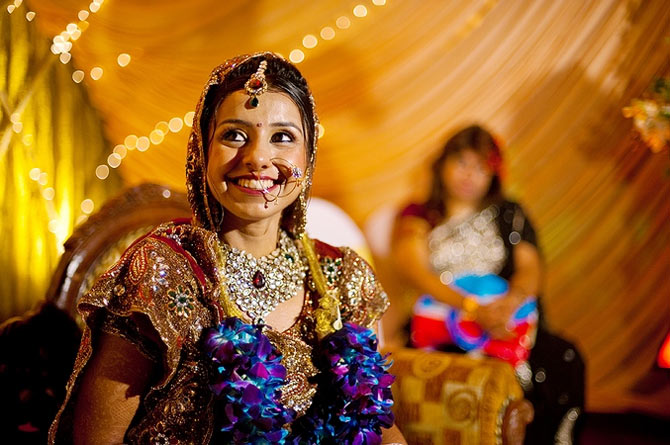
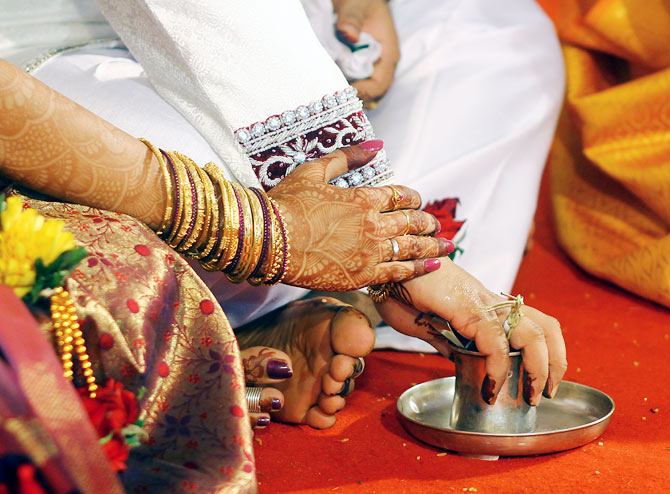
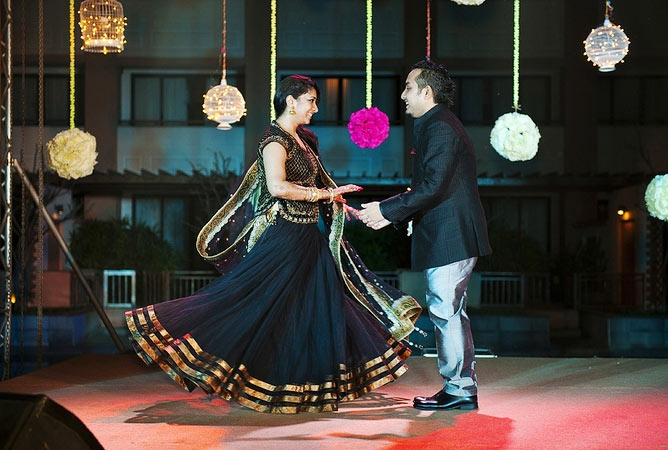
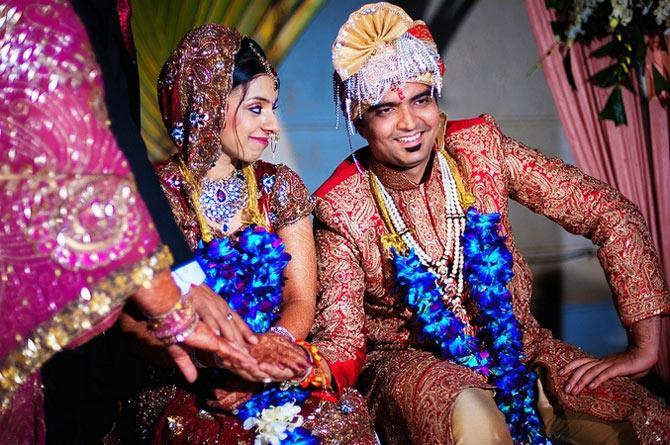
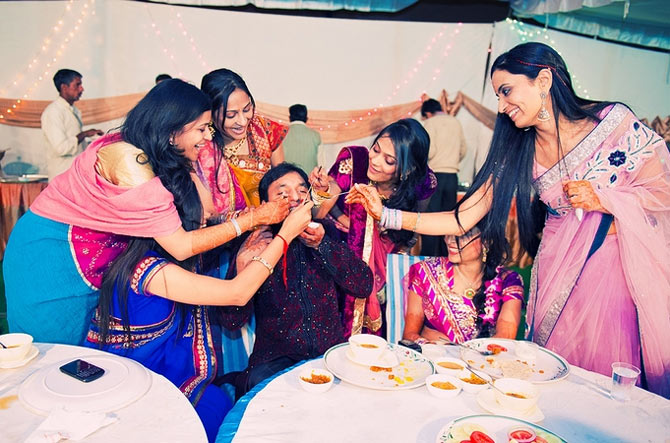
Comment
article